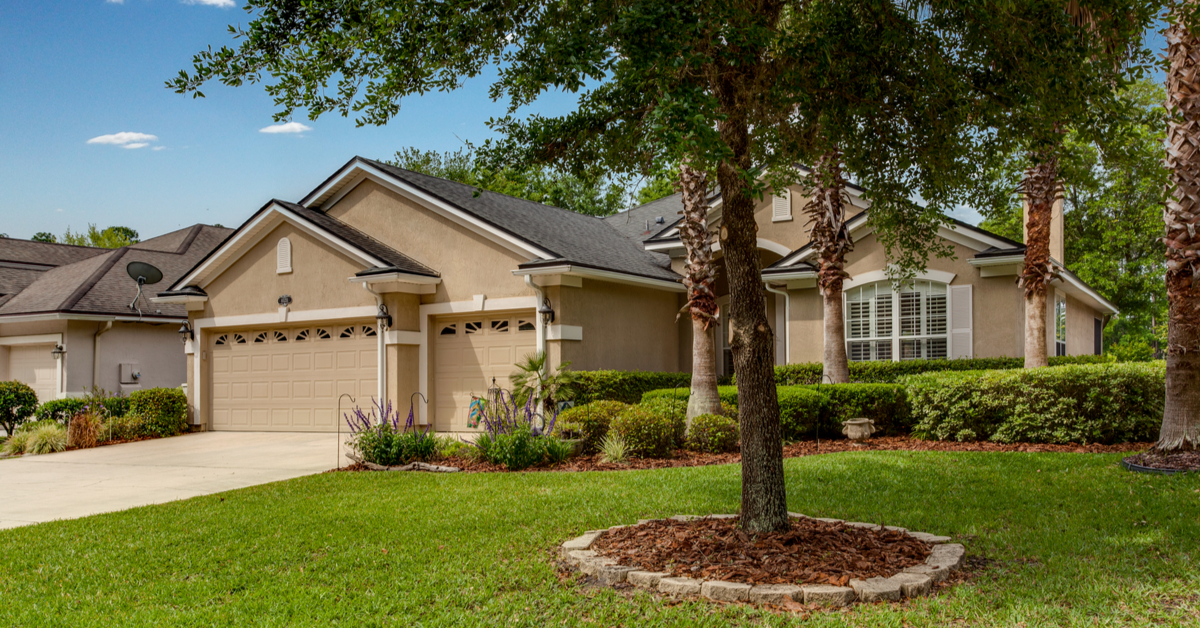The CoreLogic S&P Case-Shiller Index posted a 7.7% annualized increase in November, down from 9.2% in October as U.S. home prices continued to cool at the end of 2022.
November was the seventh consecutive month of year-over-year deceleration in home price growth, with the most recent decline placing November’s yearly increase as the lowest gain since September 2020. Large cities continued to see further slowing of price growth, with the 10-city composite index posting a 6.35% annual gain (down from 8% in October) and the 20-city composite logging a 6.8% gain (down from 8.6% in October).
Craig J. Lazzara, managing director at S&P DJI, noted that the national index has now dropped 3.6% since peaking in June 2022.
“We saw comparable patterns in our 10- and 20-city composites, both of which stand more than 5% below their June peaks,” he added. “These declines, of course, came after very strong price increases in late 2021 and the first half of 2022.”
All 20 cities tracked by the indices saw their year-over-year gains fall from October to November, further highlighting the ongoing thaw in the market. Home prices in San Francisco were down 1.6% from October 2021 — the first negative annual growth for any city since October 2019.
Each city tracked also saw prices drop month over month, with a median decline of 0.8%.
“At this pace, and according CoreLogic’s Home Price Index forecast, annual home price growth is expected to slow further and post annual declines by the spring of 2023,” CoreLogic chief economist Selma Hepp wrote on the company’s Intelligence blog. “Some markets will see more notable price slowing and declines in 2023, though decreases are expected to remain regionalized and specific to metro areas that saw relatively more price growth during the pandemic, such as Las Vegas and Phoenix.”
It’s worth noting that despite the recent weakness, the index remains solid by historical standards. Year over year, the national index’s 7.7% yearly gain remains in the 74th percentile of historical performance levels. But with homebuyers still facing several heightened barriers to homeownership, Lazzara projected further declines for the index in the near term.
“As the Federal Reserve moves interest rates higher, mortgage financing continues to be a headwind for home prices,” Lazzara said. “Economic weakness, including the possibility of a recession, would also constrain potential buyers. Given these prospects for a challenging macroeconomic environment, home prices may well continue to weaken.”





